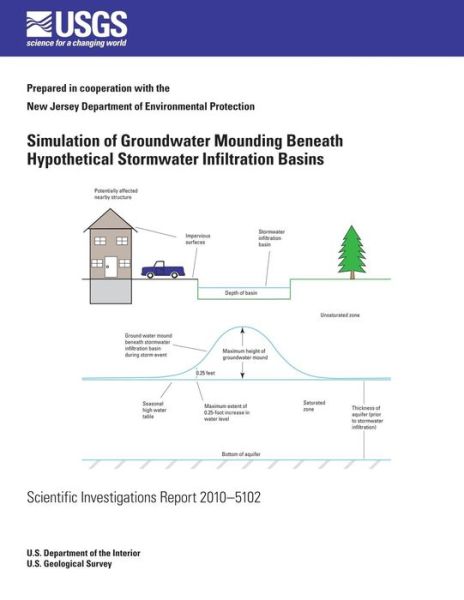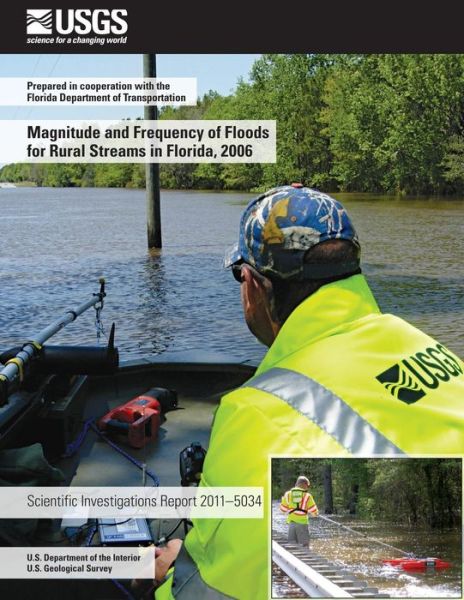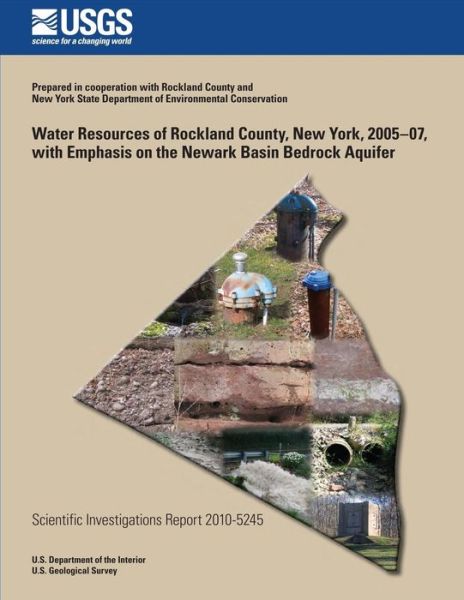
Tell your friends about this item:
Temperature and Petroleum Generation History of the Wilcox Formation, Louisiana
U.s. Department of the Interior
Temperature and Petroleum Generation History of the Wilcox Formation, Louisiana
U.s. Department of the Interior
A one-dimensional petroleum system modeling study of Paleogene source rocks in Louisiana was undertaken in order to characterize their thermal history and to establish the timing and extent of petroleum generation. The focus of the modeling study was the Paleocene and Eocene Wilcox Formation, which contains the youngest source rock interval in the Gulf Coast Province. Stratigraphic input to the models included thicknesses and ages of deposition, lithologies, amounts and ages of erosion, and ages for periods of nondeposition. Oil-generation potential of the Wilcox Formation was modeled using an initial total organic carbon of 2 weight percent and an initial hydrogen index of 261 milligrams of hydrocarbon per grams of total organic carbon. Isothermal, hydrous-pyrolysis kinetics determined experimentally was used to simulate oil generation from coal, which is the primary source of oil in Eocene rocks. Model simulations indicate that generation of oil commenced in the Wilcox Formation during a fairly wide age range, from 37 million years ago to the present day. Differences in maturity with respect to oil generation occur across the Lower Cretaceous shelf edge. Source rocks that are thermally immature and have not generated oil (depths less than about 5,000 feet) lie updip and north of the shelf edge; source rocks that have generated all of their oil and are overmature (depths greater than about 13,000 feet) are present downdip and south of the shelf edge. High rates of sediment deposition coupled with increased accommodation space at the Cretaceous shelf margin led to deep burial of Cretaceous and Tertiary source rocks and, in turn, rapid generation of petroleum and, ultimately, cracking of oil to gas.
| Media | Books Paperback Book (Book with soft cover and glued back) |
| Released | February 19, 2014 |
| ISBN13 | 9781495910944 |
| Publishers | CreateSpace Independent Publishing Platf |
| Pages | 56 |
| Dimensions | 216 × 280 × 3 mm · 154 g |
| Language | English |
More by U.s. Department of the Interior
See all of U.s. Department of the Interior ( e.g. Paperback Book and Hardcover Book )

 Christmas presents can be returned until 31 January
Christmas presents can be returned until 31 January

































